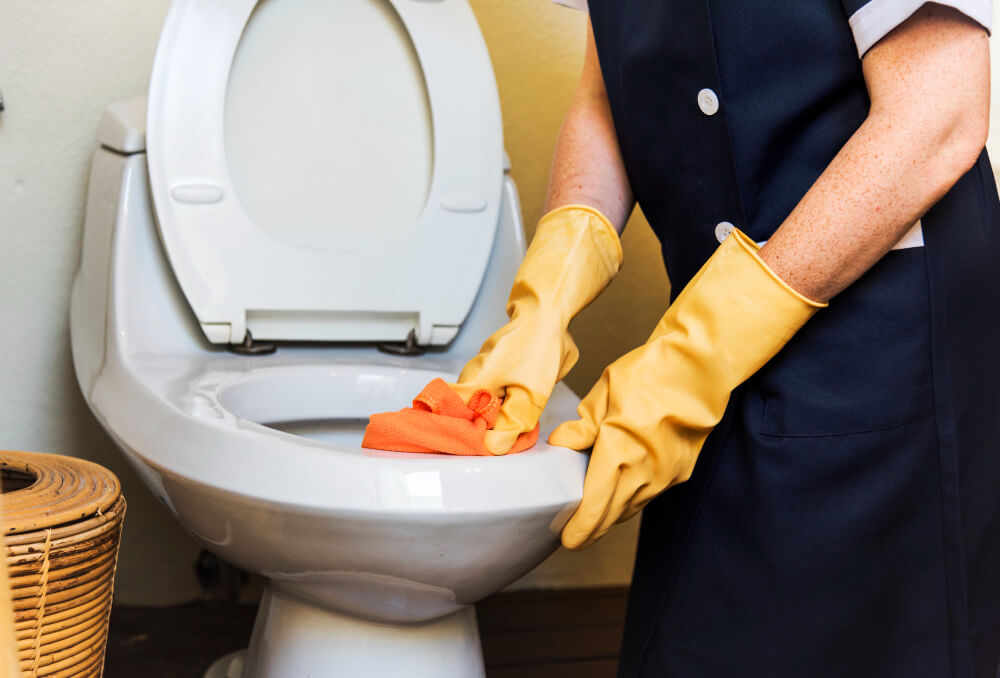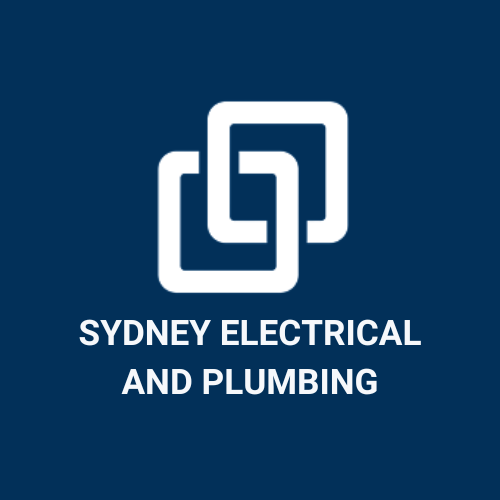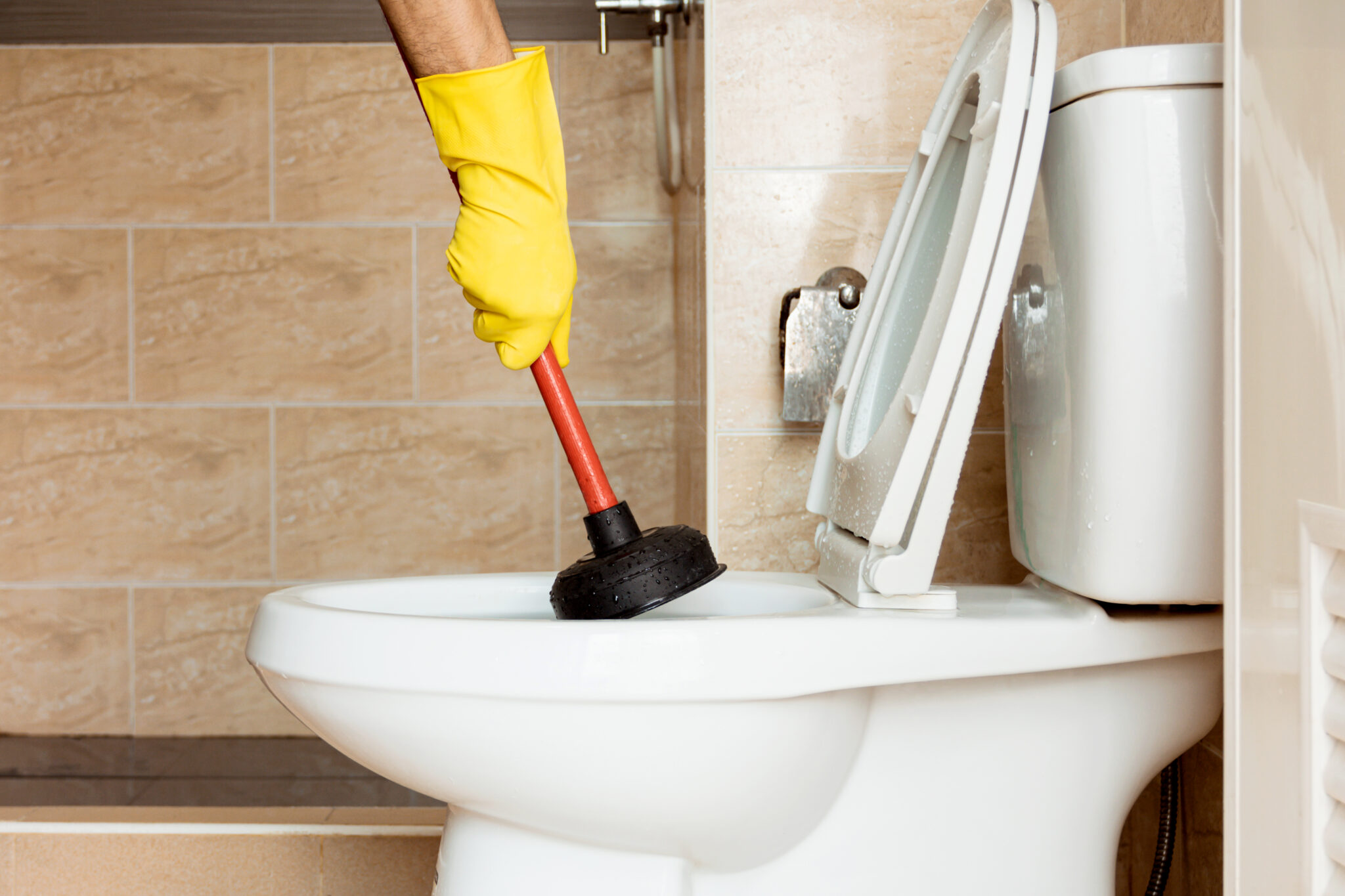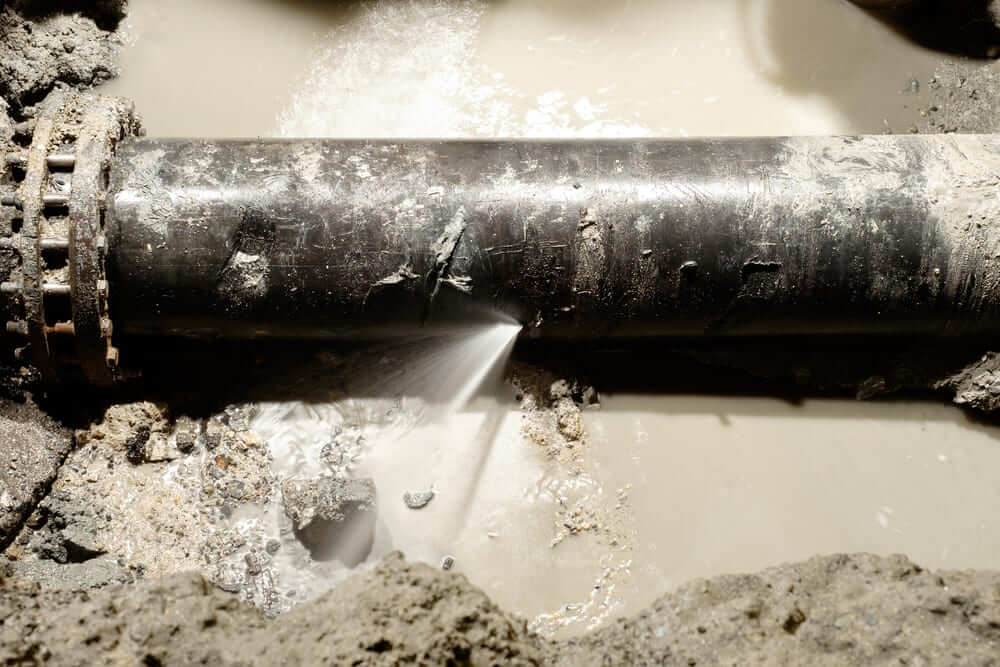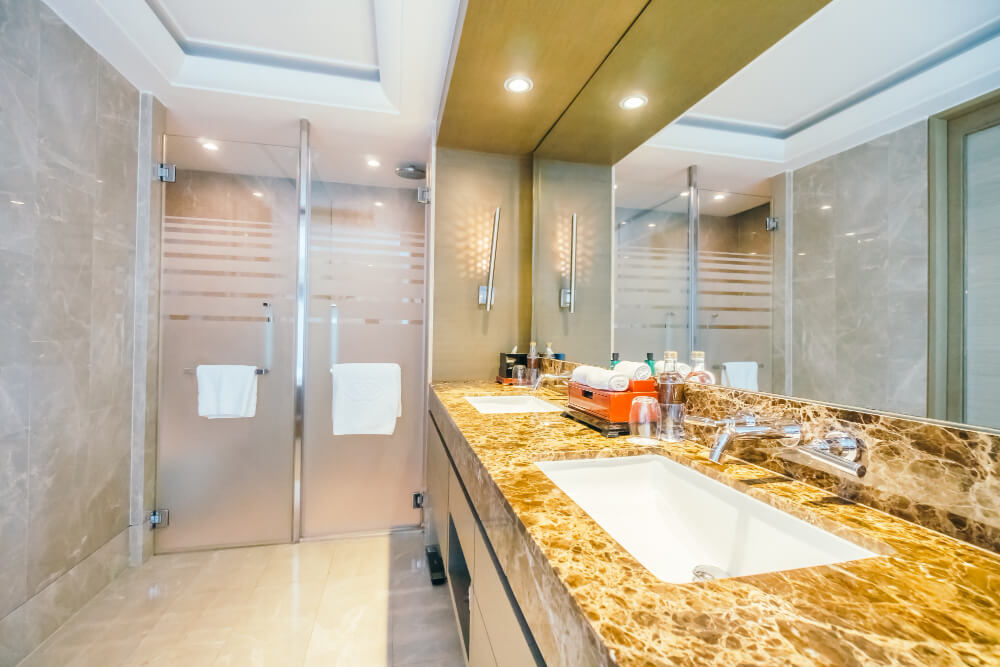Clogged toilets can be frustrating and unpleasant. To unclog a toilet, use a plunger, a toilet brush, an enzyme waste removal product, hot water, a coat hanger, a plumbing snake, or a wet/dry vacuum. Plunger: Insert the plunger into the bowl and pump the suction cup up and down to loosen the clog. If you don’t have a plunger, make your own drain cleaner by pouring baking soda and vinegar into the toilet. Toilet brush: Use a toilet brush to move the brush back and forth inside the porthole, ensuring water is present. Purchase an enzyme waste removal product with enzymes to break down waste materials. Hot water can help break up clogs, while a coat hanger can be used to fish out clogs.
A clogged toilet can be a frustrating issue, but there are various solutions available to restore functionality. This guide covers techniques like plungers, DIY remedies, homemade drain cleaners, and enzymes. It also explores preventive measures to ensure future clogs, addressing root causes like flushing incorrect items and low-flow toilets. By understanding these issues, you can adopt proactive habits and manage future clogs effectively.
Table of Contents
Here Step-by-Step 7 Best Methods to Unclog a Toilet
Dealing with a clogged toilet can be a hassle, but fret not! There are several effective methods to unclog a stubborn toilet and restore it to its functioning state. Let’s explore these techniques:
1. Plunger
The plunger remains a go-to tool for most toilet clogs. To use it effectively:
- Place the plunger’s rubber cup over the drain hole in the toilet bowl.
- Create a tight seal and push the plunger down gently, then pull it up sharply.
- Repeat this plunging motion several times to dislodge the blockage.
- If you don’t have a plunger, you can concoct a homemade drain cleaner using baking soda and vinegar. Pour 1 cup of baking soda and 2 cups of vinegar into the toilet bowl. Let it sit for a while before attempting to flush.
2. Toilet Brush
When a plunger isn’t available, a toilet brush can serve as an alternative tool:
- Insert the toilet brush into the toilet bowl and move it vigorously in an up-and-down motion.
- Ensure there is water in the bowl, as it aids in the unclogging process.
- This method might require persistence, but it can effectively dislodge the clog.
3. Enzyme Waste Removal Product
Consider purchasing an enzyme waste removal product:
- These products contain a mixture of enzymes designed to liquefy waste materials.
- Similar to how they work in septic systems, these enzymes can break down stubborn clogs effectively.
4. Hot Water
Hot water can be a simple yet powerful solution for certain types of clogs:
- Fill a bucket with hot water from your sink.
- Pour the hot water into the toilet bowl and let it sit for a few minutes.
- The heat and pressure can help break down the clog, allowing it to flush easily.
5. Coat Hanger
For manual removal of clogs, a wire coat hanger can be fashioned into a makeshift tool:
- Straighten out the hanger and create a hook at one end.
- Gently insert the hooked end into the toilet bowl and try to dislodge the blockage.
- Take care not to scratch the porcelain while attempting this method.
6. Plumbing Snake
A plumbing snake is a flexible tool specifically designed for unclogging drains:
- Insert the snake into the toilet bowl and turn the handle clockwise to break up the clog.
- Once the clog is dislodged, flush the toilet to remove any remaining debris.
7. Wet/Dry Vacuum
If available, a wet/dry vacuum can be used to suction out the clog:
- Remove as much water as possible from the bowl.
- Place the vacuum hose into the bowl and turn it on to create suction, pulling the clog out.
- These methods offer a range of options to tackle toilet clogs effectively. Experiment with these techniques based on the severity of the clog and the tools you have at your disposal.
Read More: How to Install a Toilet Australia Like a Pro! (8 Step Guide)
Other Methods to Unclog a Toilet
When facing a stubborn toilet clog, sometimes alternative methods can provide effective solutions. Here are more approaches to tackle this common household issue:
1. Additional Hot Water Method
Using hot water can be reiterated with a slight variation:
- Fill a bucket with hot water and pour it into the toilet bowl.
- Allow the hot water to sit for a few minutes before attempting to flush the toilet.
- The heat helps in loosening and breaking up the blockage.
2. Dish Soap
Dish soap can act as a lubricant to assist in unclogging:
- Squeeze a generous amount of dish soap into the toilet bowl.
- Allow it to sit for 5-10 minutes.
- Add hot water to the bowl; the soap helps to lubricate the clog, aiding its removal.
3. Baking Soda and Vinegar
Similar to the homemade drain cleaner, this method involves a chemical reaction to dislodge the clog:
- Pour 1 cup of baking soda and 1 cup of vinegar down the toilet drain.
- Let the mixture sit for 5-10 minutes before flushing.
- The resulting bubbles can help break up the clog effectively.
4. Repeated Use of Tools (Coat Hanger, Plumbing Snake, Wet/Dry Vacuum)
The wire coat hanger, plumbing snake, and wet/dry vacuum can be employed multiple times if necessary:
- Follow the previously outlined instructions for each method to attempt unclogging.
- Persistence might be required, especially for more challenging clogs.
5. Enzyme Waste Removal Product (Reiteration)
The use of enzyme-based products can be reiterated for their effectiveness in breaking down clogs:
- Look for products containing a blend of enzymes designed to dissolve waste materials.
- Apply according to the product instructions for optimal results.
- Each of these alternative methods offers a unique approach to unclogging a toilet. Depending on the severity and nature of the clog, experimentation with different techniques might yield success.
Read More: Toilet Installation Cost Sydney: A Comprehensive Guide 2023
What causes a toilet to clog?
Toilets can clog due to various reasons, including flushing non-flushable items, excessive toilet paper usage, low-flow toilets, blocked traps, blocked drain lines, and blocked vent pipes. It’s best to use only the necessary amount of toilet paper and avoid flushing non-flushable items, as well as using low-flow toilets, which use less water per flush.
How can I prevent my toilet from getting clogged?
To prevent a toilet from clogging, flush only biodegradable materials like toilet paper and human waste. Use less toilet paper, install a high-efficiency toilet, clean regularly with a toilet brush, and use an enzyme waste removal product. These tips help prevent clogs and ensure a clean and efficient toilet. However, it’s important to note that high-efficiency toilets may be more prone to clogging.
Can I use bleach to unclog my toilet?
Bleach is a potent solution used to unclog a toilet by disinfecting and breaking down waste. However, it can be dangerous if not used properly. To use, wear protective gear, pour 1 to 2 cups of bleach into the bowl, wait for 5-10 minutes, and flush. Alternatively, mix bleach with hot water and flush. It’s crucial to follow instructions and use protective gear when handling bleach.
How can I clean my toilet without using bleach?
To clean your toilet without using bleach, try using natural cleaners like white vinegar, baking soda, citric acid, hydrogen peroxide, or commercial cleaners. Vinegar is a natural and effective cleaner, while baking soda can be mixed with vinegar for a powerful cleaning solution. Citric acid can be mixed with baking soda and rubbed into the toilet bowl, then scrubbed with a brush. Hydrogen peroxide can be mixed with baking soda for a powerful cleaning solution. Commercial cleaners that contain citric acid, hydrogen peroxide, or other natural ingredients are also effective and safe for your septic system and environment.
Conclusion
In the realm of household inconveniences, a clogged toilet ranks high among the most exasperating. However, armed with a plethora of unclogging methods and preventative insights, you’re now equipped to tackle this plumbing challenge head-on.
By exploring a myriad of solutions, from traditional plungers to innovative techniques like enzyme-based products and hot water treatments, you’ve gained a toolkit to combat various degrees of clogging. Additionally, understanding the root causes of toilet clogs – from improper flushing habits to the complexities of low-flow toilets – empowers you to adopt proactive measures for a clog-free future.
Remember, regular maintenance, responsible flushing practices, and the cautious use of alternative cleaning methods are pivotal in ensuring a trouble-free toilet. By incorporating these habits into your routine, you can significantly reduce the likelihood of encountering pesky clogs.
So, bid adieu to toilet troubles! Armed with knowledge and a repertoire of effective methods, you’re now primed to conquer clogs and maintain a smoothly functioning toilet.

